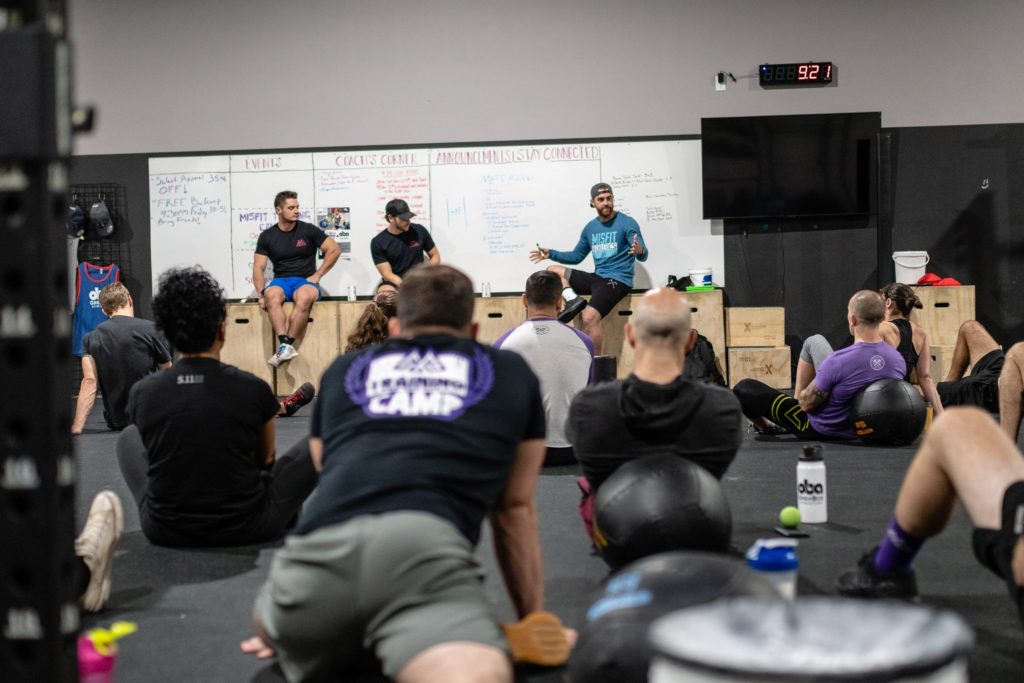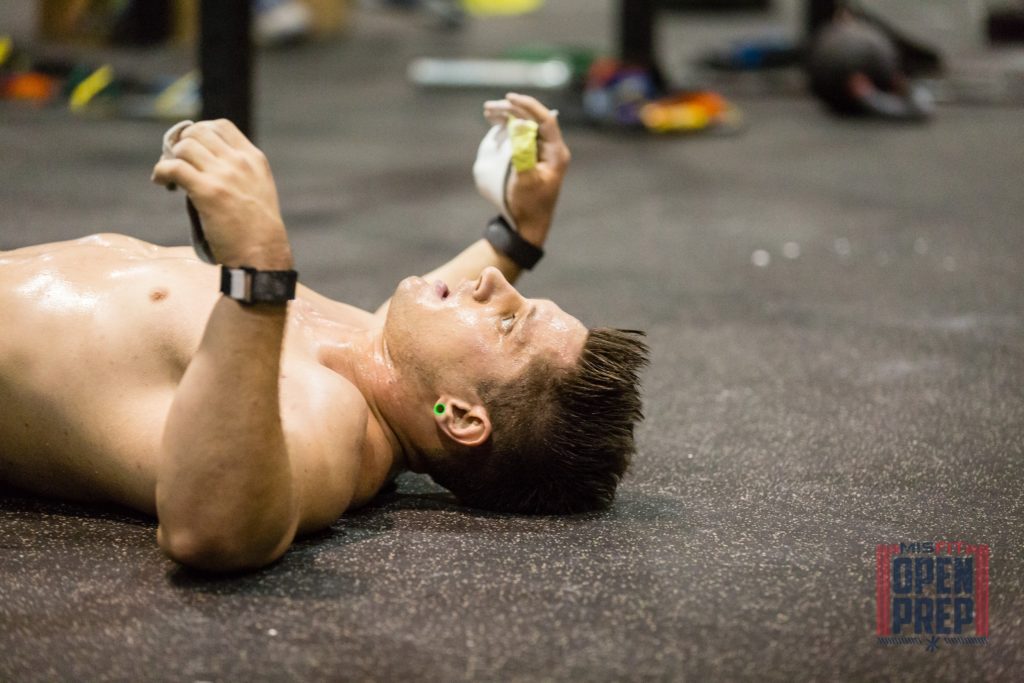Turn Any Crossfit Workout Into The Best Workout For You
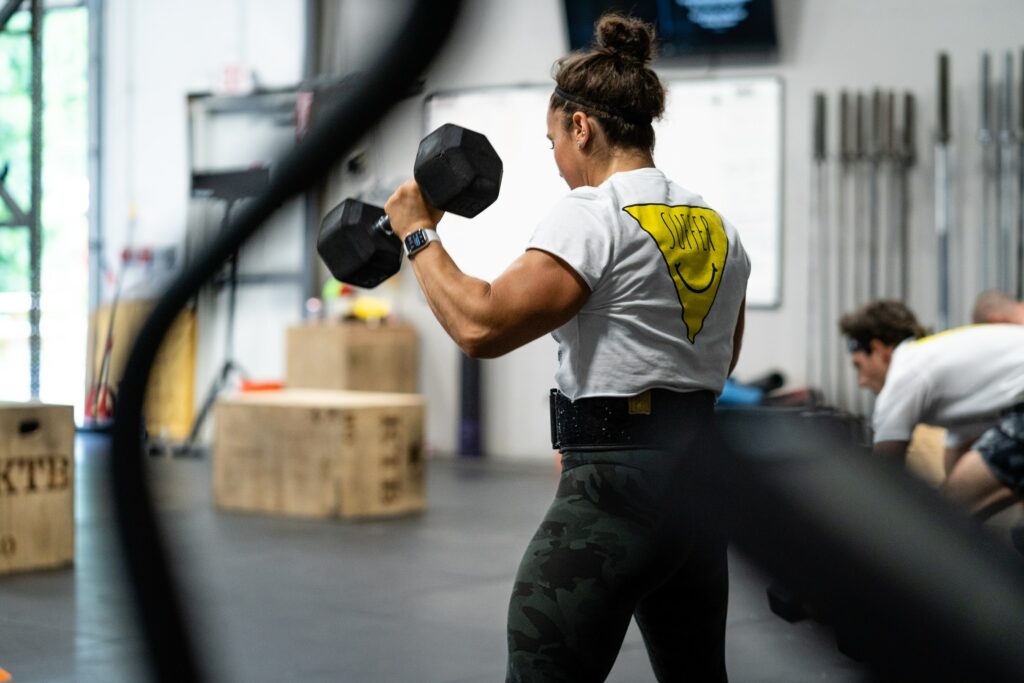
For all of the amazing side benefits that manifested inside the walls of CrossFit gyms in the early days, the ‘Rx or Die’ mentality was not one of them. Equal parts camaraderie and competition took the idea of training cardio, weights, and skills from smart training to a full blown fitness revolution. What gets lost in relying on those factors too much is the original idea that these workouts are infinitely scalable. A quick ditching of the ego uncovers the magic of personalizing your workouts. What many people refer to as scaling and modifying is commonly rebranded as personalizing at Misfit Athletics. From CrossFit Games athletes to beginners, we rely heavily on the idea of making a workout better for the individual whenever we can. This article paired with our scaling toolkit can quickly become your guide to ensuring your workouts are facilitating the progress you have wanted to see for years.
Step 1: MFT to Hatchet
As referenced above, we interact with both beginners and professional athletes on a daily basis. This spectrum provides us with the feedback and perspective needed to fill in all of the gaps in between. Our MFT program is written for athletes attempting to qualify for the CrossFit Games, which is often referred to as the 1% of our community. A bit of quick math insinuates we need other solutions for the majority: this is where our Hatchet Program comes into play. Rather than launch into a dissertation on the philosophy behind our Hatchet program, let’s work through an example of turning an MFT workout into a Hatchet workout:
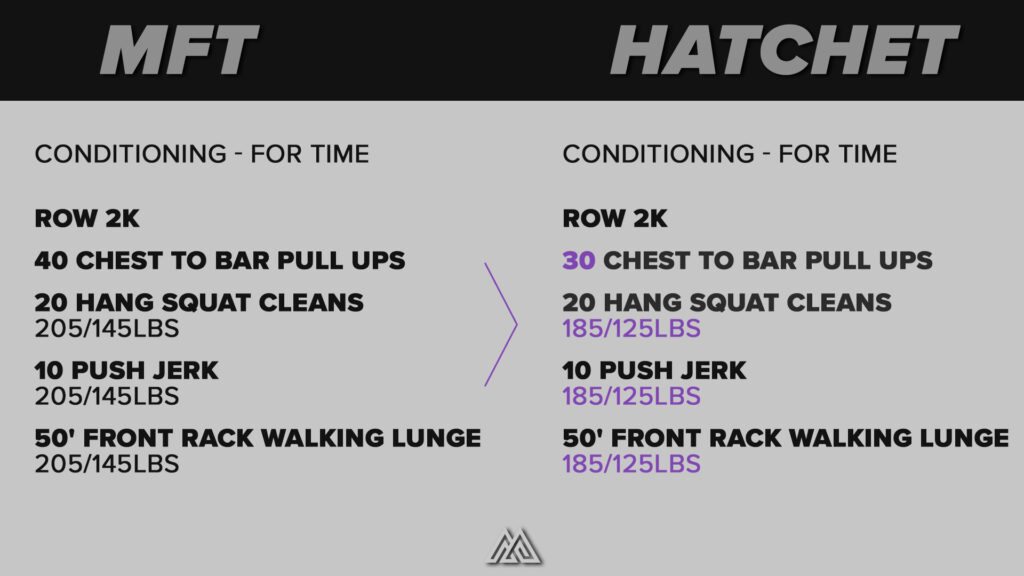
At surface level the scaling above may seem like knocking off a few reps here, a few pounds on the barbell there and you’re off to the races. For us we’re asking very specific questions about time domains, sets and reps for each movement, and the feeling the workout elicits. For you, the first step in personalizing workouts is combining your own personal workout history with the intended stimulus of the piece. With both elements in mind, ask yourself if the movements, reps, and weights will get you a good workout — or force you to stand around and chip away at what will feel more like a strength and skill session.
Step 2: Hatchet to Anywhere
If MFT is for the 1%, we can conservatively say that our Hatchet program applies to an additional 24% of the online fitness community, which still leaves us with the task of providing a solution for the final 75% who don’t have the luxury of relying on a coach. A number that large is why Misfit Anywhere is both so exciting and crucial if we want to walk the walk after talking about providing solutions for everyone. While the jump from MFT to Hatchet may feel subtle, the wide array of options when turning a Hatchet workout into something can do with just dumbbells and a jump rope is anything but. Let’s take a look at our final example and dig into all of the ideas present in each nuance of personalization:
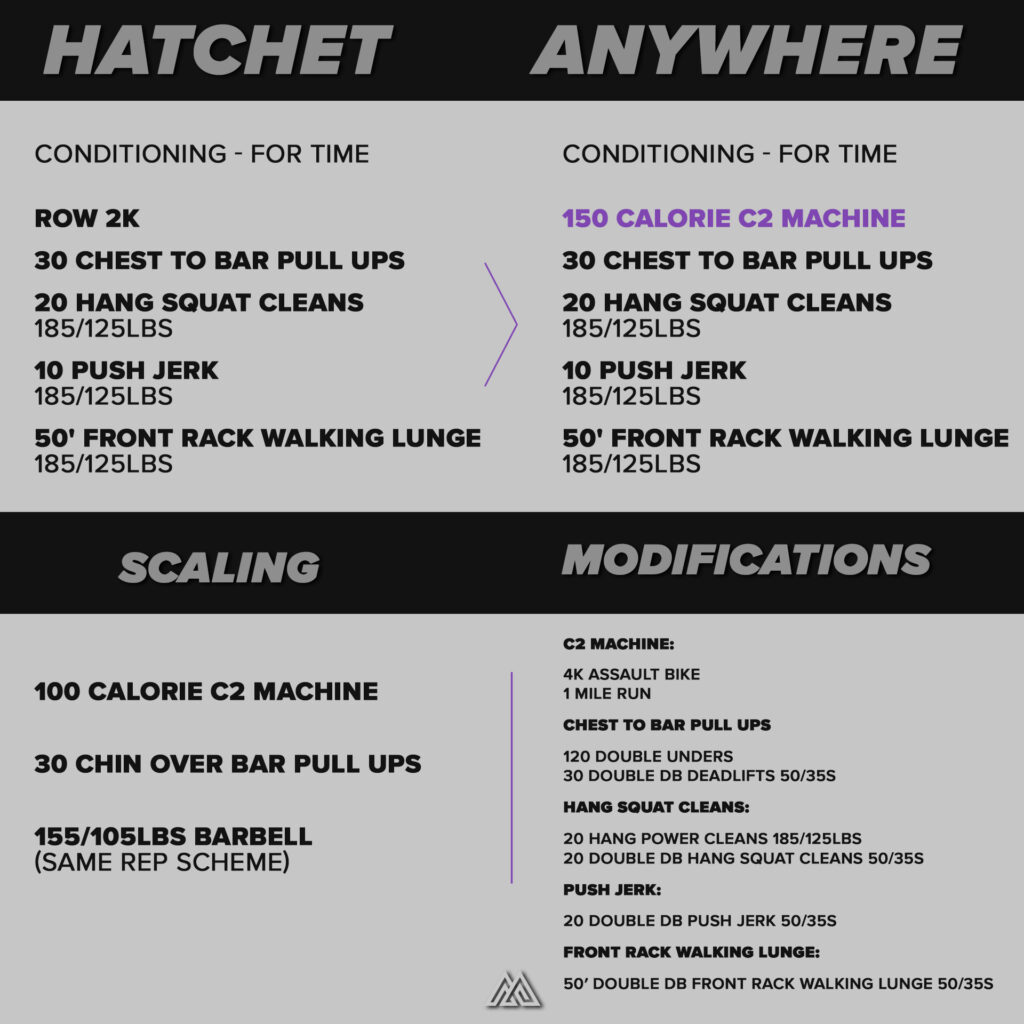
Now that we have our Hatchet version solidified, we have to address equipment concerns first. How often do you see a workout you would love to attack but just don’t have the equipment to execute on? We got you. The first trick you’ll see is taking a C2 machine distance and converting it to calories to ensure you have a quick standardized modification whether you have a ski erg or a bike erg. From there we continue to break the modifications down to a place where you can still achieve that stimulus no matter what you’re working with. The Assault Bike conversion is typically a distance based modification because of calorie conversions relying far too much on the resistance the bike creates. It’s also important to point out the mile run. While it’s a lot easier to run a mile in 7 minutes than it is to row a 7 minute 2K, removing a seat supporting your body weight changes the stimulus a lot, and we’re more concerned with the feel than matching the time domain 1:1. As you work your way through reading the rest of our modifications I hope you notice the desired stimulus as a theme. Too many athletes and coaches think that the workout is based heavily on specific movements, but more often than not movements are just a tool for us to be able to elicit a particular feeling. Wrap your mind around that and you’re well on your way to becoming a personalization expert. As we move onto what we refer to as scaling options, it’s important to bring the time element back into focus. Always identify and match the stimulus first, but as you continue to record results and reflect, make sure your time domains remain varied. Whether you’re scaling movements, or just reps and weights, varying time domains are a hallmark of why this style of exercising is so effective. Someone workouts should take 2 minutes, some as long as 25 minutes, and checking off all of the boxes in between is a sign your program is going to be effective.
Step 3: Take Notes!
It is my hope that the examples above provide insight into how you can turn any workout you see into a great workout for yourself. The final step in masterings this skill is extremely simple, and requires nothing more than a couple of minutes a day (and a notebook). Take down the original workout, work through your version and write it next to the original, then ask yourself two questions and jot down the answers. 1. What was I hoping this workout was going to feel like/predicted time domain? 2. Did this happen? And if not, why?
Whether you dream of being an elite athlete one day or not, we could all learn from their methods, and without fail the best of the best take a lot of notes. The more you evaluate immediately following a workout, the more experience you can lean on in turning a workout for the general public into a great workout for yourself.
At the end of the day we’re champions of this methodology, and even more than hoping you let us do this work for you with one of our programs, we hope you change your life with a steady dose of constantly varied workouts. Combining this article with all of the other free resources on our site gives you the ability to decide whether you’re the coach or we are. Either way, we’re honored to help. See you out there on the leaderboards.
